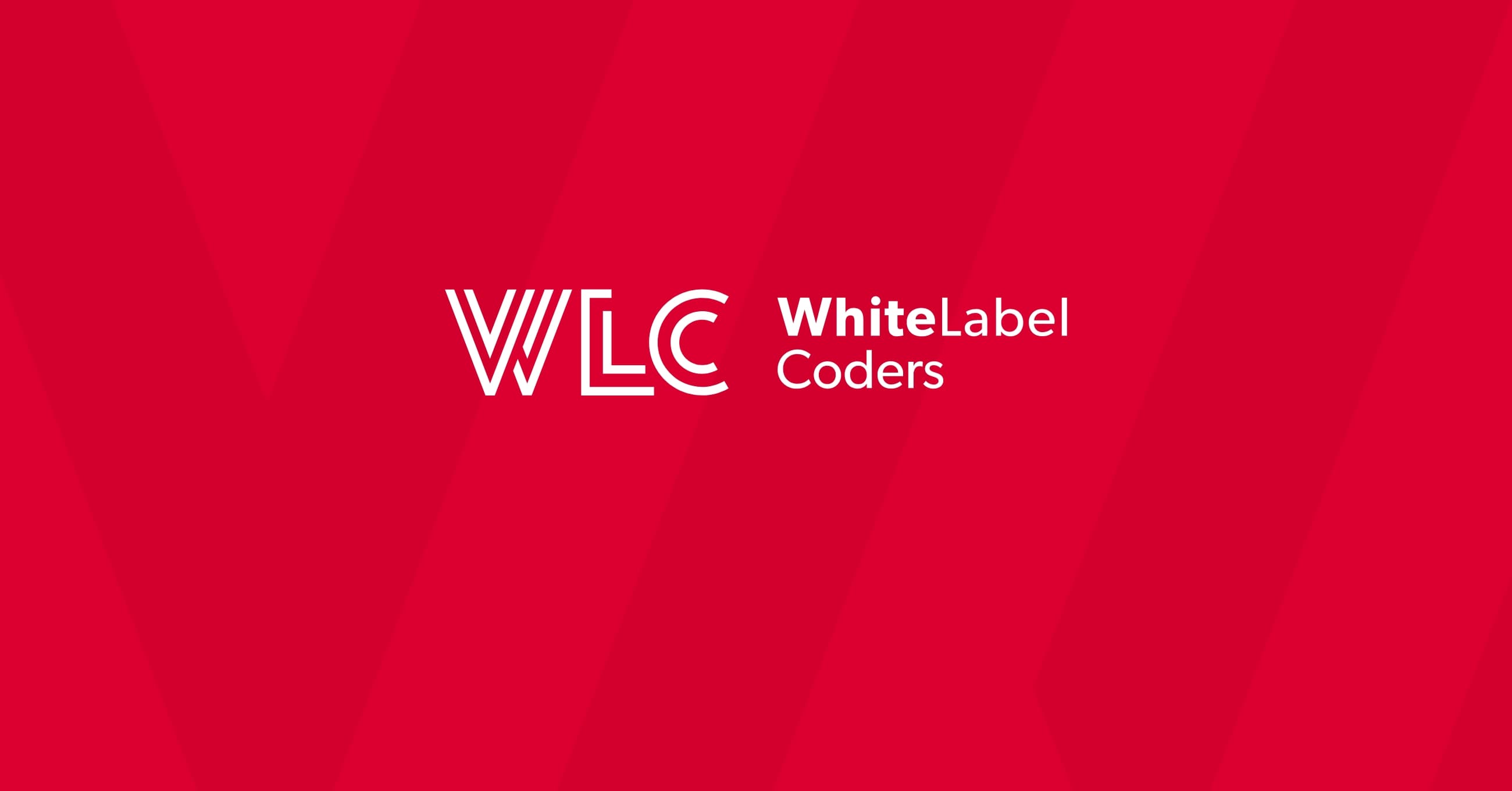Category: SEO AI
Why does my comparison site perform poorly in countries with slow internet?

Comparison site performance struggles in countries with slow internet connections due to heavy data loads, multiple API calls, and complex layouts that demand significant bandwidth. These sites typically load casino information, bonus data, odds comparisons, and user reviews simultaneously, creating performance bottlenecks that frustrate users and hurt conversion rates in regions with limited connectivity.
What makes comparison sites especially vulnerable to slow internet connections?
Comparison sites face unique performance challenges because they handle massive amounts of dynamic data from multiple sources simultaneously. Unlike simple websites that display static content, your comparison platform constantly pulls information from various APIs, loads complex databases, and renders interactive elements that require substantial bandwidth.
The complexity multiplies when you consider what happens behind the scenes. Your site might be fetching live odds from dozens of operators, updating bonus information in real-time, displaying user reviews, and loading comparison tables with filtering options. Each of these elements requires separate server requests, creating a cascade of data transfers that can overwhelm slower connections.
Dynamic content updates add another layer of complexity. When users filter results or change comparison parameters, your site needs to process new queries and reload relevant data. This interactive functionality, while valuable for user experience, creates additional performance overhead that becomes problematic in low-bandwidth environments.
The visual complexity of comparison sites also contributes to performance issues. Multiple images, logos, promotional banners, and detailed comparison tables all compete for bandwidth, making page loads significantly slower than simple informational websites.
Why do slow loading times hurt conversion rates more in certain countries?
User behaviour patterns vary dramatically across different regions, with mobile-first countries showing particularly low tolerance for slow-loading sites. In markets where data costs are high and connection speeds are limited, users abandon sites within seconds if content doesn’t load quickly, directly impacting your affiliate commissions.
Mobile browsing dominates in many emerging markets, where users primarily access comparison sites through smartphones with limited processing power and slower connections. These users often have monthly data allowances, making them extremely conscious of sites that consume excessive bandwidth without delivering immediate value.
Cultural expectations around website optimization also differ significantly. Users in countries with generally faster internet infrastructure expect instant loading, while those in slower-connection regions may be more patient but still have breaking points where they’ll abandon your site for competitors.
The financial impact becomes more severe when you consider that affiliate sites depend entirely on successful user journeys to operator sites. If your comparison site loads slowly, users won’t complete the path to your affiliate partners, eliminating your revenue potential in these markets entirely.
How does server location affect your site’s performance internationally?
Geographic distance between your servers and users creates unavoidable delays due to the physical limitations of data transmission. When your servers are located far from your target audience, every request must travel thousands of kilometres, adding significant latency that compounds the performance problems of comparison sites.
The physics of internet connectivity means that data packets can only travel so fast, regardless of connection quality. A user in Southeast Asia accessing a server in Europe will experience delays simply because the data needs time to traverse continents through various network infrastructure points.
Server response times become particularly problematic for international website performance when you’re serving dynamic content. Each database query, API call, and content generation process adds processing time before data even begins its journey to the user’s device.
Content delivery networks help mitigate these issues by caching static assets closer to users, but comparison sites often struggle with CDN implementation because much of their content is dynamic and personalised. This means core functionality still depends on communication with your primary servers, maintaining the geographic performance penalty.
What technical solutions actually work for improving international site speed?
Server-side rendering dramatically improves page loading speed by processing content on your servers before sending complete pages to users’ browsers. This approach reduces the client-side processing required and minimises the number of additional requests needed to display functional comparison tables and interactive elements.
Advanced caching strategies specifically designed for dynamic content can significantly improve performance. By caching database queries, API responses, and processed comparison data, you reduce server processing time and database load, creating faster responses even for personalised content.
Image optimization and code splitting help reduce initial page load sizes. Compress images appropriately for different screen sizes and connection speeds, while loading only the JavaScript and CSS required for above-the-fold content initially.
Infrastructure improvements like Redis caching, CDN optimization for dynamic content, and database query optimization provide measurable performance gains. Implementing proper database indexing and optimising your most frequent queries can reduce response times significantly.
Consider implementing progressive loading techniques where basic comparison information loads immediately, followed by additional details and interactive features. This approach gives users immediate value while additional content loads in the background.
How do you measure and monitor performance across different countries?
Performance monitoring requires testing from actual geographic locations where your users are based, not just from your development environment. Use tools that simulate real-world conditions including slower connection speeds and mobile devices common in your target markets.
Core Web Vitals provide standardised metrics that Google uses for ranking, making them particularly important for affiliate site optimization. Monitor Largest Contentful Paint, First Input Delay, and Cumulative Layout Shift across different countries to understand how your site performs for various user groups.
Set up monitoring for international audiences by establishing performance baselines for each major market you serve. Different regions may require different performance targets based on typical connection speeds and user expectations.
Regular testing from multiple locations helps identify performance regressions before they impact your conversion rates. Many website performance issues are location-specific, so comprehensive monitoring across your target markets provides early warning of problems.
Consider implementing real user monitoring alongside synthetic testing. This approach provides actual performance data from your visitors, showing how real-world conditions affect your comparison site’s performance across different countries and connection types.
Addressing international performance challenges requires a comprehensive approach that considers both technical solutions and user expectations across different markets. Working with an experienced e-commerce website development agency can help you build high-performance affiliate platforms with server-side rendering, advanced caching, and optimised infrastructure that delivers fast loading times even in countries with slower internet connections.

